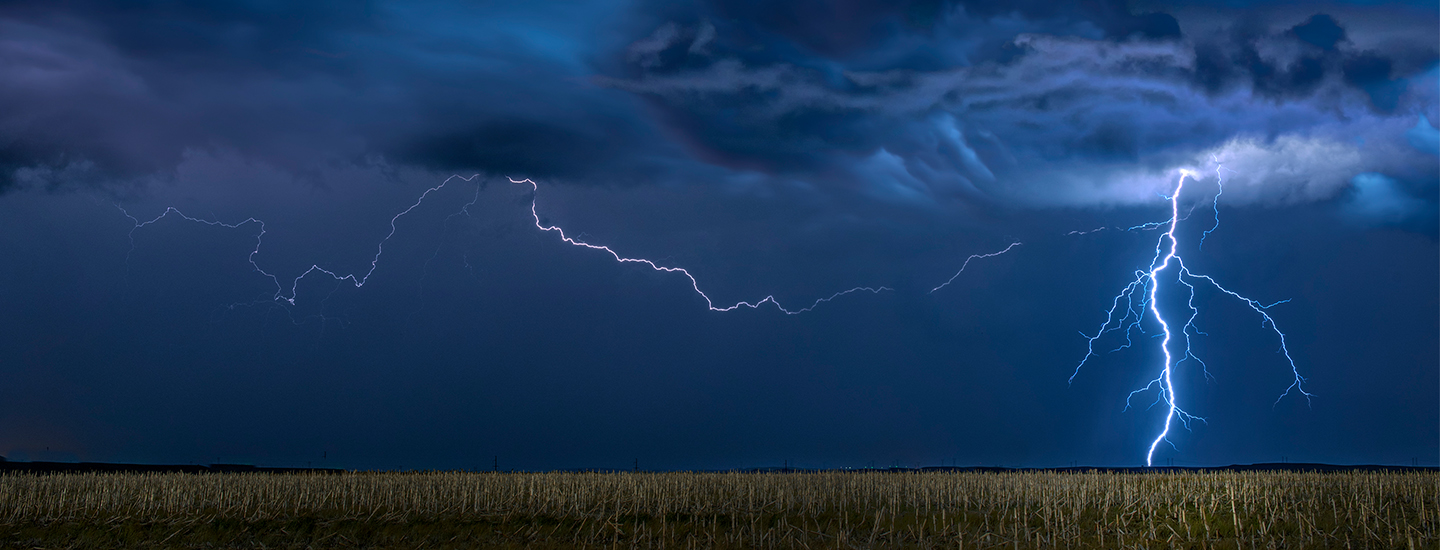February 25, 2020

In Case of an Emergency: Are Your Drivers Prepared?
If you’ve been in the industry long enough, you and your drivers have probably seen your fair share of run-ins with hazardous weather, ranging from road closures to natural disasters. In September, tropical storm Imelda stranded hundreds of drivers on roadways in the Houston area. Many of them were truckers. In the dead of winter, northern states have seen motorists and truckers stranded on freeways due to whiteouts.
Your drivers may be able to plan accordingly for certain events, like predicted snowfall or heavy rains. However, weather can sometimes take a turn for the worse. In fact, last year a portion of I-90 – the longest interstate highway in the United States running from Seattle to Boston – closed for several days after it was hit with massive snowfall that exceeded weather predictions. In Snoqualmie Pass, just outside of Seattle, some drivers spent the night on the highway before law enforcement led a caravan through the mountains. When your drivers are on the road, the safe and best practice is to encourage them to plan and prepare for the unexpected.
So, what tips can you offer drivers if they find themselves on the road during a major event? For starters, you should encourage them to stay up to date with national weather reports so they are aware of any notable weather events, like tropical storms, heavy freezing rain or blizzards. Drivers can also tune in to local weather radio stations on their route for updates.
If a driver knows their normal route is in close vicinity to a tropical storm or hurricane, they should seek an alternative route that takes them away from areas expected to be hit hard. In instances of heavy rains or snow, drivers should disengage cruise control. With so many predictions about the strength of hurricanes and the direction of their path, drivers should have time to make a plan. In aftermath of a hurricane, drivers should proceed with caution. Downed trees, power lines and flooding pose a serious risk to equipment and drivers. It can be hard to tell the depth of water on flooded roads. Driving through water that gets too deep can be a costly mistake. If there is standing water on the road, drivers should look for an alternate route.
So, what about unpredictable events like earthquakes and tornados? If driving when an earthquake strikes, drivers should remain calm, pull over to a clear location and stop. Make sure to evaluate your surroundings and park rigs away from overpasses, tall structures, power lines and trees. Stay in the rig with your seatbelt on until the shaking passes as long as you are in a safe spot to do so. If you are near mountains, cliffs or slopes, be alert of debris and falling rocks. In the event a power line falls on your rig, do not get out. Call emergency services for assistance.

In the event of a tornado, it is best to stay informed using local radio stations or mobile apps and seek shelter at a local emergency shelter. If this is not an option, seek shelter in a sturdy building. If none of the above options are available, the Red Cross recommends that you to pull over, park, keep your seatbelt on, keep the engine running and cover your head with your hands and any available blanket. It is also advised to stay away from bridges and highway overpasses.
Your drivers spend a good portion of their life on the road, and, not all trips go as planned. Make sure they are prepared to handle what Mother Nature may throw their way. Stay tuned for our Emergency Preparedness blog on how to prep your cab.
For other resources, please visit the Red Cross.
https://www.redcross.org/get-help/how-to-prepare-for-emergencies.html
